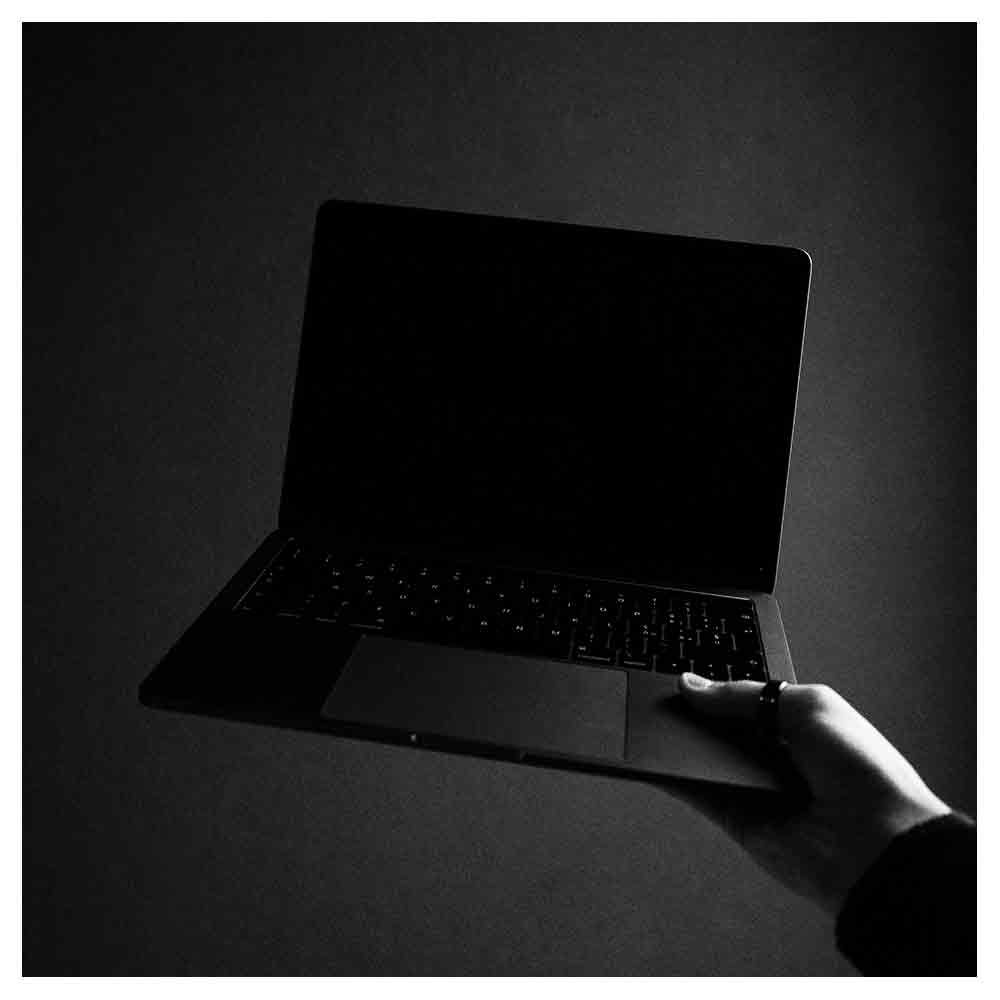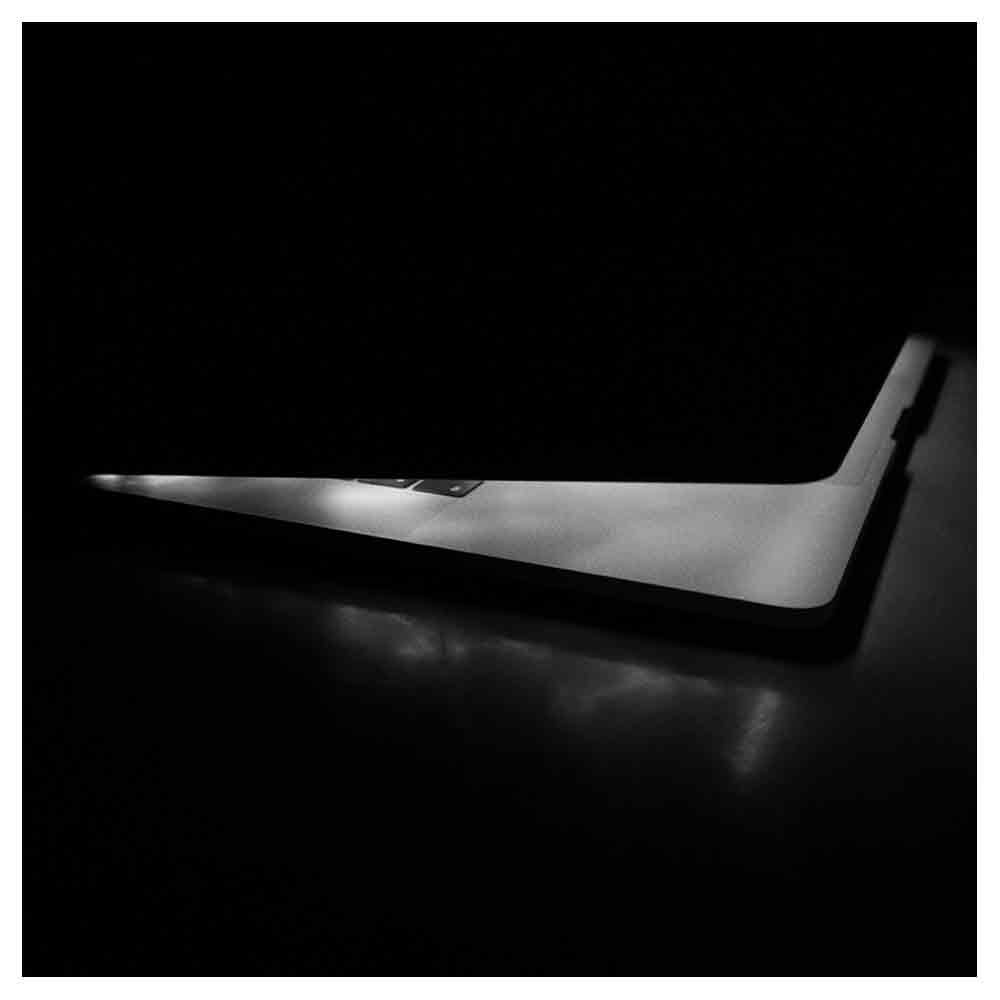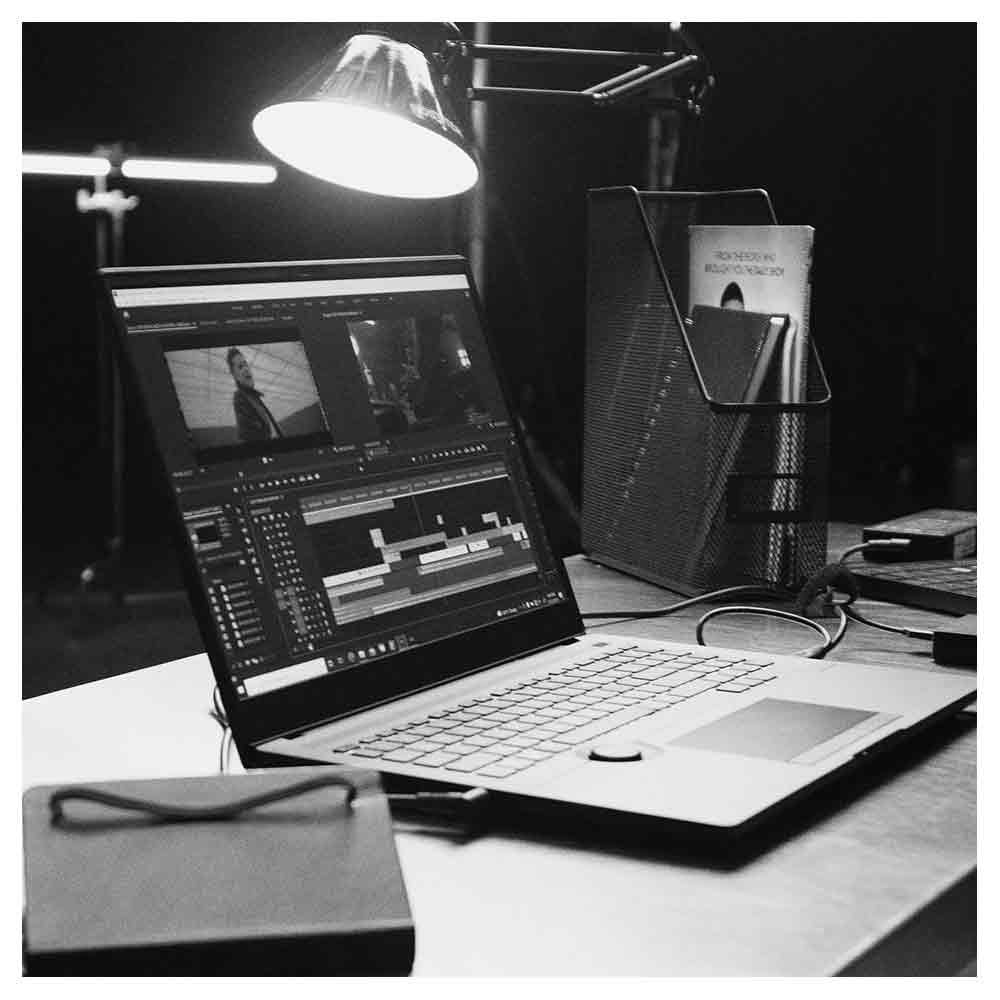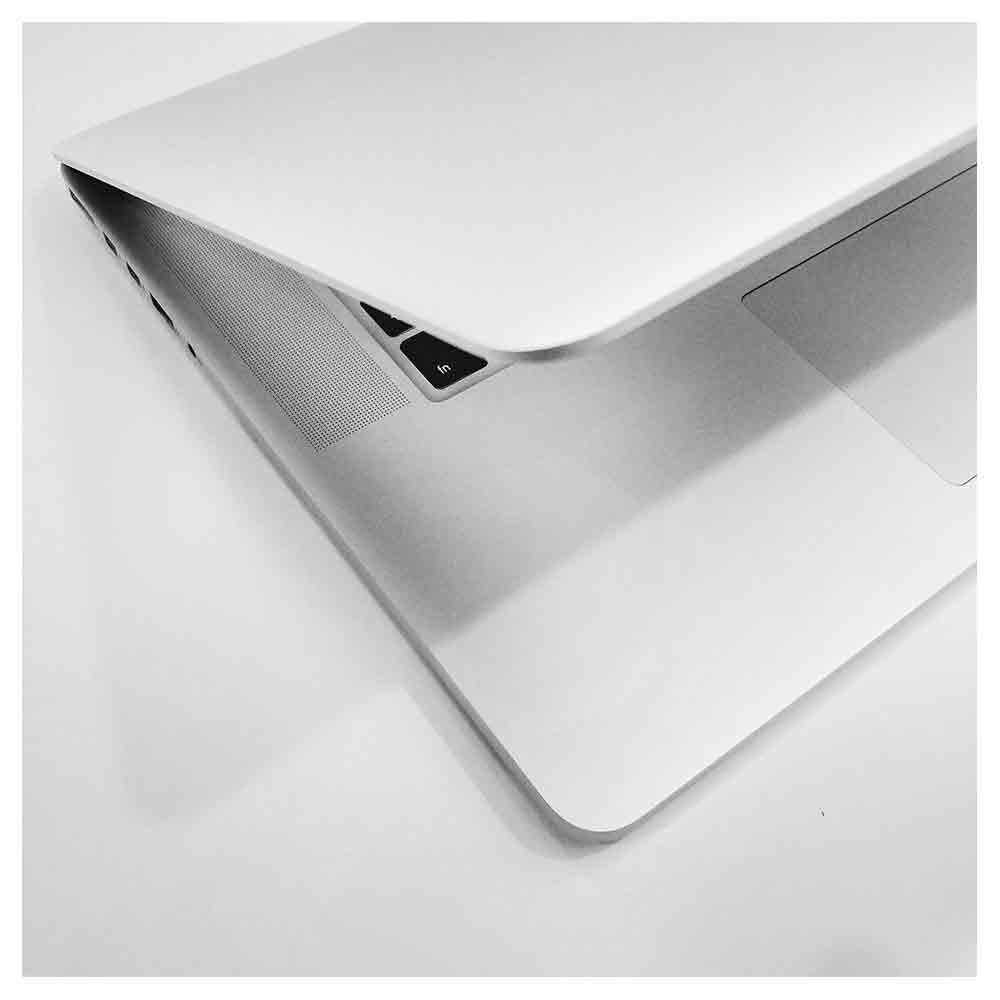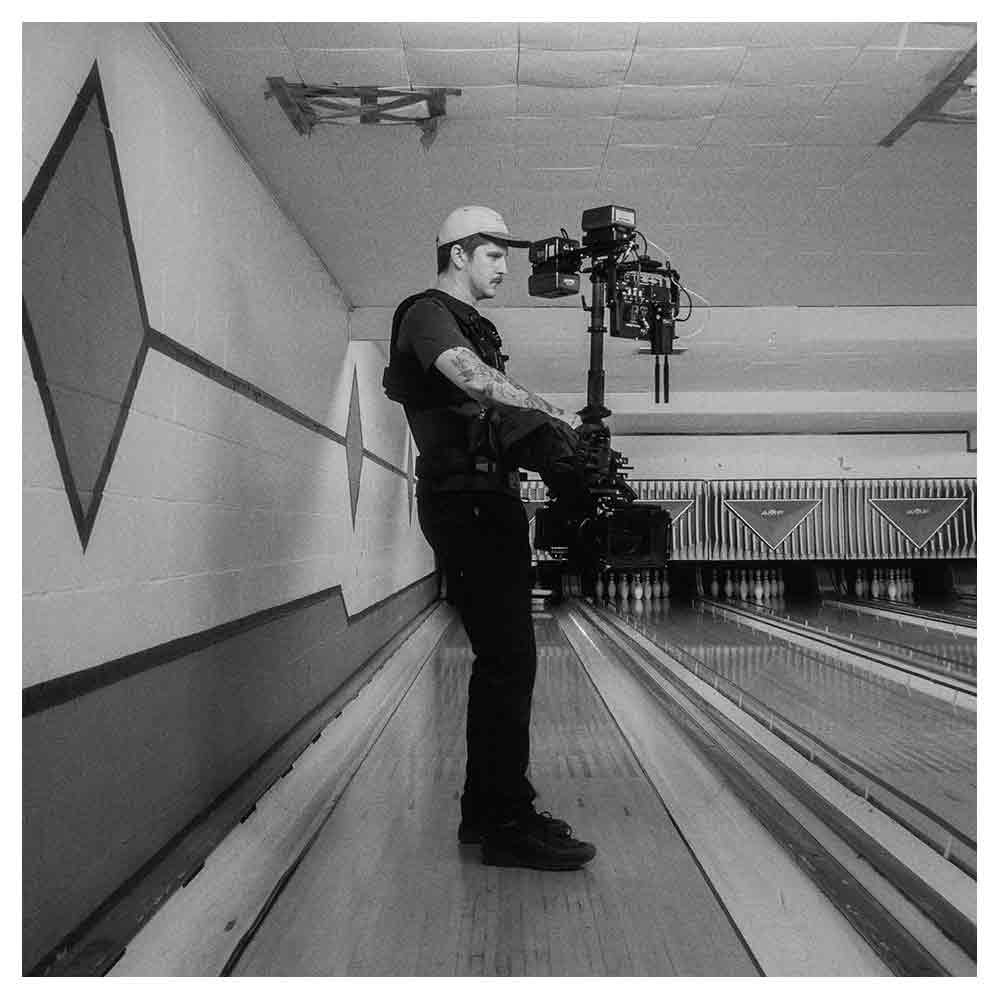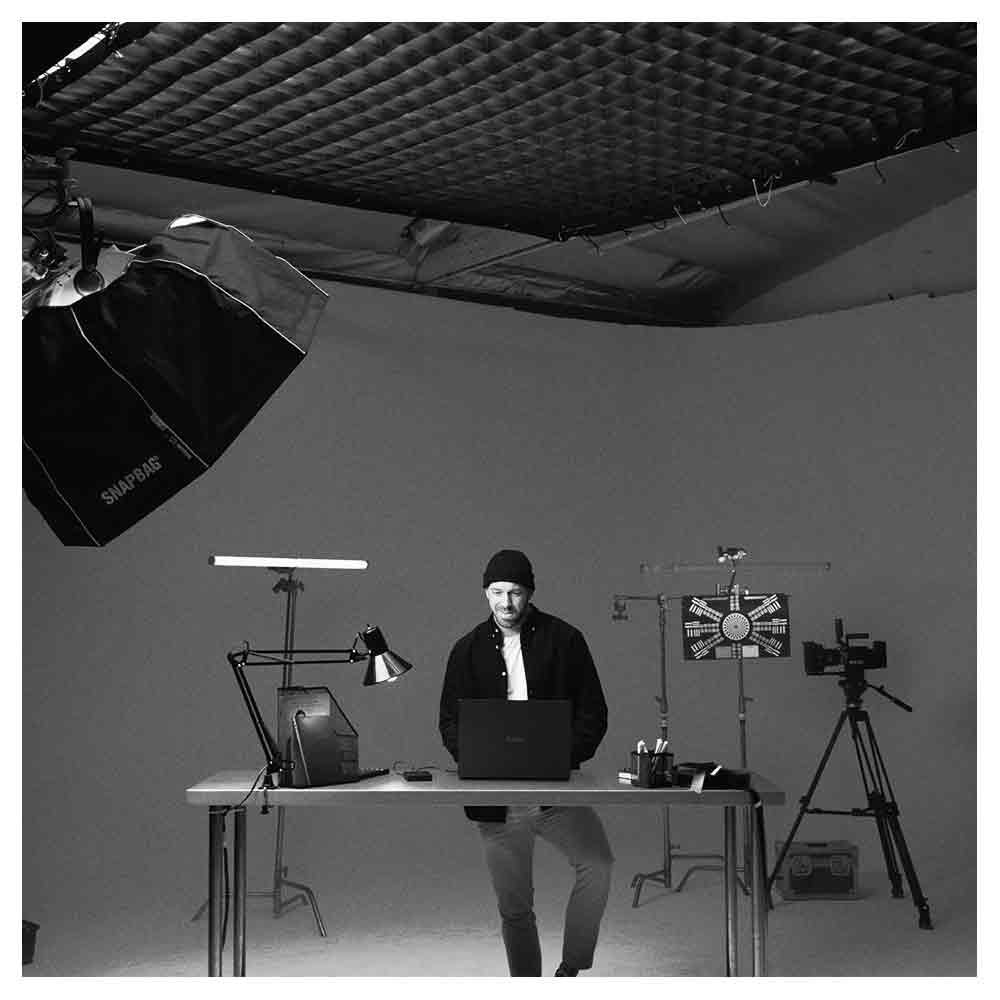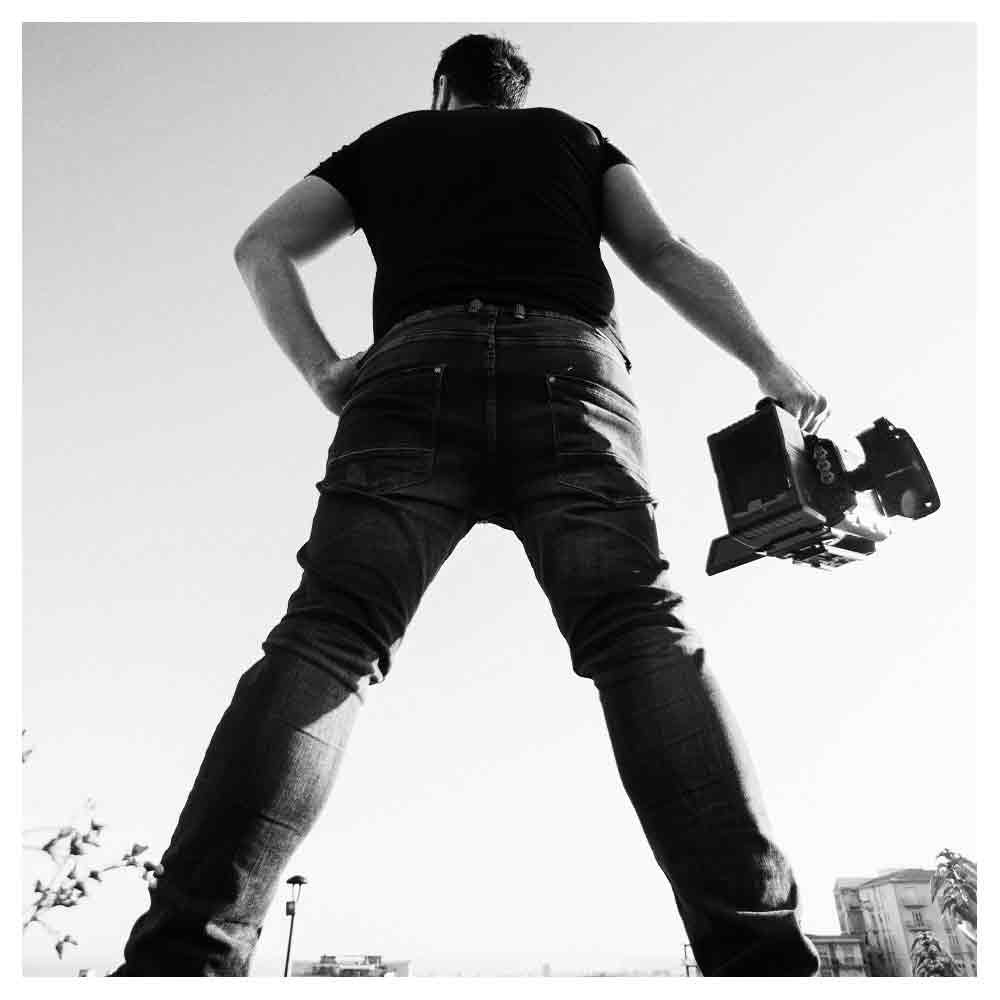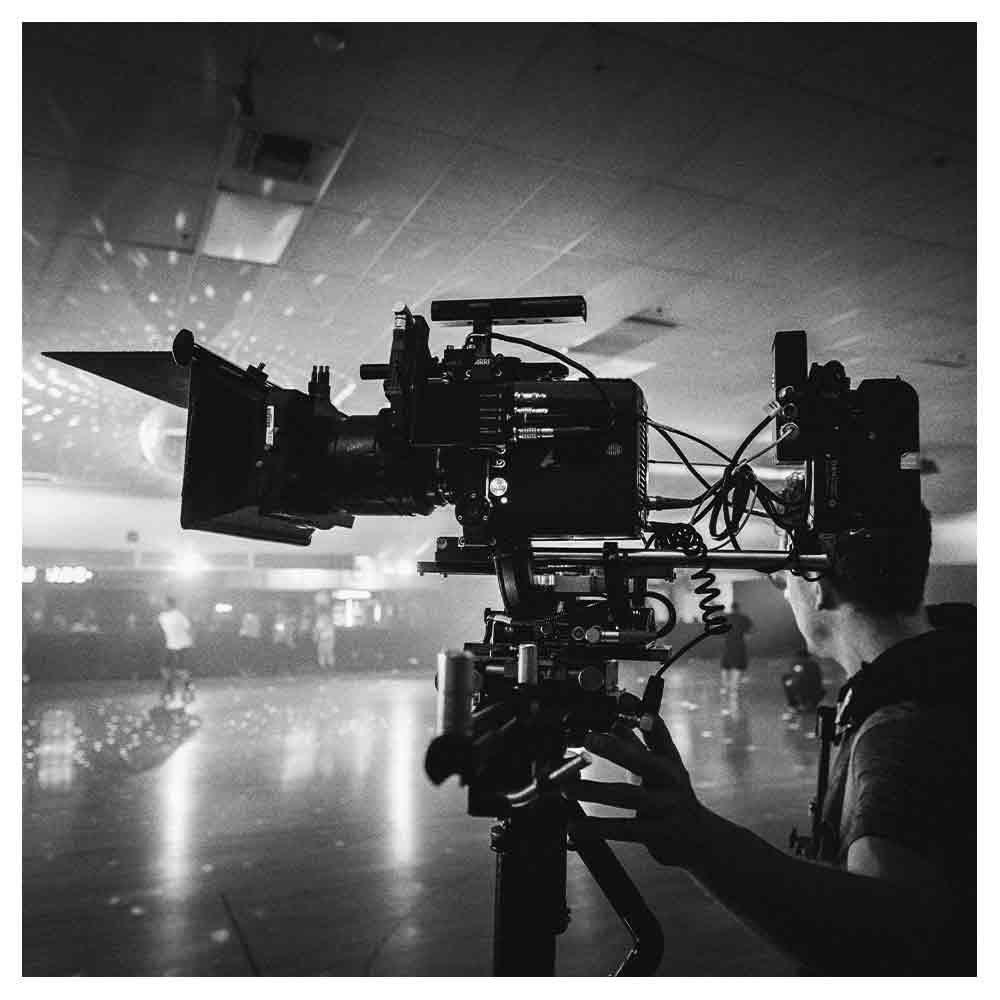ShotDeck Review: The Ultimate Creative Companion for Filmmakers
In the ever-evolving world of filmmaking, where every frame speaks a thousand words, finding the right visual inspiration for director treatments, film pitch decks, and music video treatments can be as daunting as it is crucial.
Whether you're in the prep stage, piecing together a pitch, or simply looking for that spark to ignite your creative vision, ShotDeck emerges as a beacon of hope.
As someone who has traversed the globe, weaving narratives through lenses and screens, my journey with ShotDeck has been transformative, to say the least.
Here's a comprehensive review aimed at fellow filmmakers who are looking for the perfect imagery for their director treatments and pitch decks.
What is ShotDeck?
ShotDeck is more than just an online image search engine; it's a collaborative professional tool tailored for the creative minds in the film and advertising industries.
Imagine having access to one of the largest libraries of movie images in the world at your fingertips, categorized with such precision that every search leads you to exactly what you envisioned—or perhaps, something even better.
What Are The Key Features of ShotDeck?
Extensive Library: Boasting one of the world's most expansive collections of high-quality movie stills, ShotDeck is a goldmine for filmmakers seeking inspiration. Each image is meticulously tagged, making your search for the perfect visual a breeze.
Advanced Search Capabilities: The search functionality is where ShotDeck truly shines. Whether you're looking for a specific location, lighting style, composition, or even mood, the platform's detailed data tagging system ensures you find relevant images within seconds.
Collaboration Made Easy: ShotDeck isn't just a tool; it's a collaborative platform where you can create, share, and collaborate on visual decks with your team, regardless of where you are in the world. This feature is invaluable during the pitch and prep stages of your project.
Educational Resource: Beyond being a search engine, ShotDeck is an educational hub. By studying the images and the associated details, you can watch and learn from the world's best filmmakers, gaining insights into their creative and technical processes.
My Personal Experience and Practical Tips
Sign Up and Dive In: First things first, register for an account. The process is straightforward, and once you're in, the world of ShotDeck is your oyster. Spend time familiarizing yourself with the interface; it's user-friendly but packed with features.
Use Keywords Wisely: Make the most of your searches by using specific keywords related to your project. ShotDeck's data for each image includes everything from the film title, director, and cinematographer to the camera used and the location. This level of detail is what sets it apart.
Create and Collaborate: Once you find interesting images, create decks for your projects and share them with your team. This collaborative aspect can significantly enhance the pre-production process, making it more efficient and cohesive.
Stay Informed: ShotDeck constantly updates its library and features. Monitor the site and news sections to stay informed about the latest additions and improvements. This can be especially beneficial for keeping your pitches fresh and innovative.
Engage with the Community: Don't overlook the value of engaging with the ShotDeck community. The platform is used by some of the most talented professionals in the industry, and connecting with them can provide invaluable insights and opportunities.
Conclusion
In the tapestry of filmmaking, where every image is a thread woven into the larger narrative, ShotDeck stands out as an essential tool for creatives seeking visual inspiration.
My experience with the platform has enriched my pitches and treatments and broadened my horizons, allowing me to explore and understand the art of cinema through a new lens.
Whether you're a seasoned filmmaker or just starting, ShotDeck offers a world of possibilities that can transform your creative process.
So, sign up, dive into its vast library, and let your creative journey take a new, inspired direction. When you use Shotdeck Promo code ‘PIREE’, you can enjoy a 25% discount on your subscription.
Frequently asked questions about Shotdeck (FAQs)
How can Shotdeck benefit filmmakers and writers?
Search Efficiency: Dive into the world's largest collection of movie images to find the necessary visual references.
Collaboration: A collaborative platform that simplifies sharing and discussing visuals with your team.
Inspiration: Spark your creativity with access to an extensive database of movie images and photography.
Who should use Shotdeck?
Whether you're a director, writer, producer, or involved in the advertising and production industries, Shotdeck offers relevant data and images to support your project's visual storytelling needs.
How do I find images on Shotdeck?
Simply sign into your account and use the intuitive search function to find movie images by keywords, genres, moods, color, location details, and more. It's designed to deliver the most relevant results for your filmmaking needs.
Do I need to register for an account to use Shotdeck?
Registering for an account is necessary to fully experience Shotdeck, including its collaborative features, and access the largest library of movie images.
Can Shotdeck help with my film's prep and pitch stages?
Absolutely! Use Shotdeck to create visual decks that articulate your vision. It's a powerful tool for pitch presentations, location scouting, and setting the tone for your film's photography and design.
Is there a way to keep up with the latest news and updates from Shotdeck?
Definitely. Once you register and have an account, you can opt-in to receive updates via email. Also, watch our site for the latest posts and news in the filmmaking world.
How can Shotdeck transform my filmmaking process?
Shotdeck is more than just an image library; it's a production tool that enhances your filmmaking experience at every stage:
Pre-production: Visualize your script with relevant movie images to guide your location scouts, production design, and storyboarding.
Production: Access visual references on the go to ensure your film's aesthetic aligns with your vision.
Post-production: Use images for color grading inspiration and to communicate your visual effects goals.


